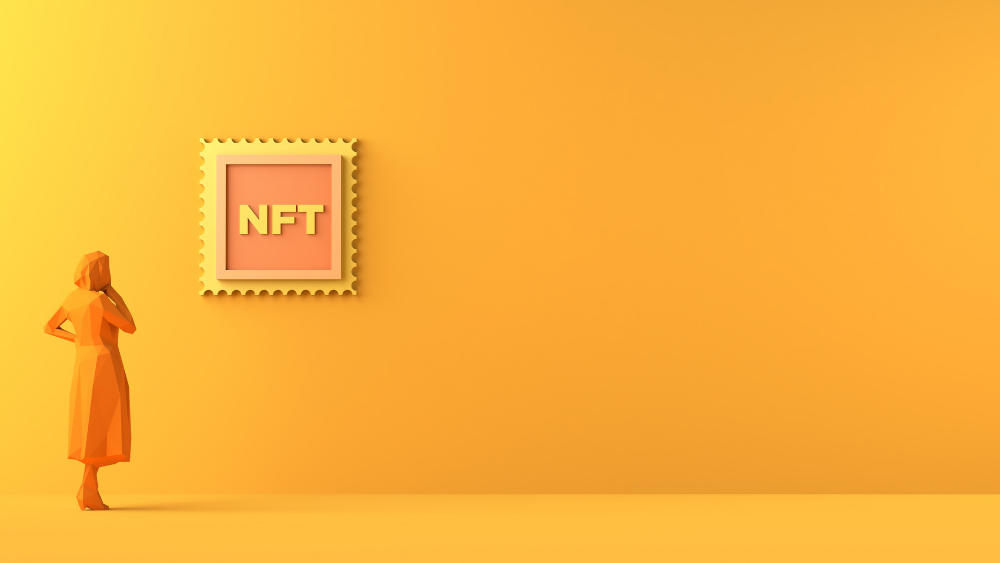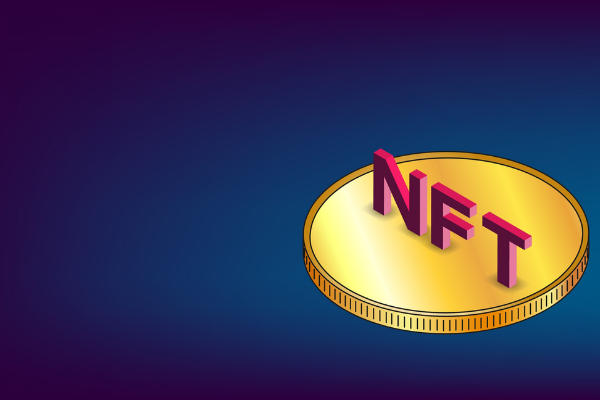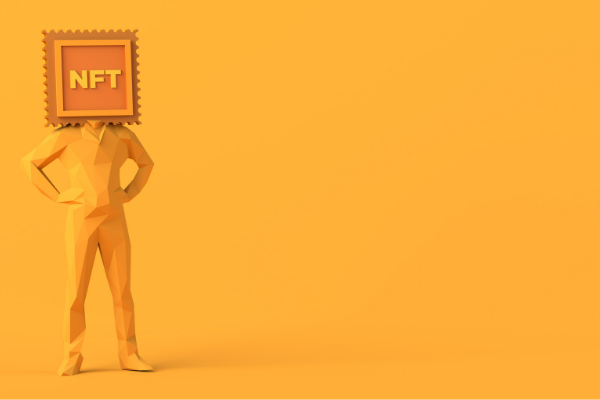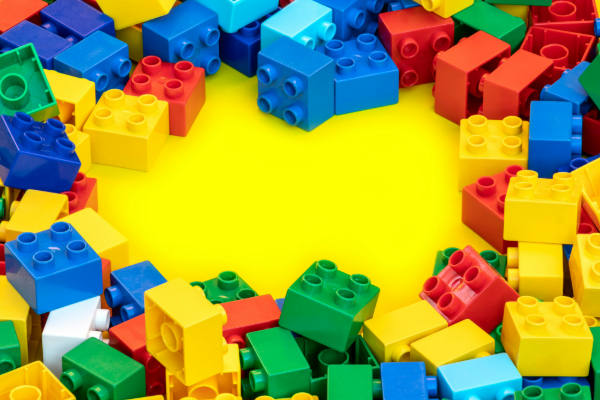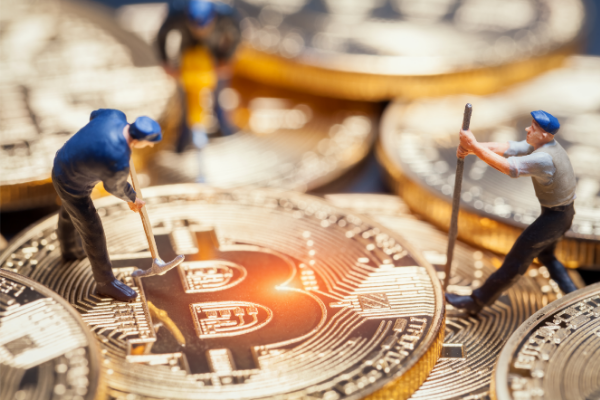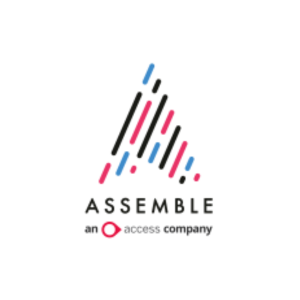Insights
INSIGHTS
All Topics
The pros and cons of NFTs
19 Apr 2022by Joe Lepper
NFTs present opportunities for charities as well as pitfalls to avoid
Blockchain technology is being increasingly used by charities in their fundraising, including the RNLI, Save the Children, and The Turing Trust. Most notably that has involved garnering donations using crypto currencies, including Bitcoin.
Charities are now looking at carrying this further through fundraising auctions and sales using Non-fungible Tokens (NFTs), which create unique and trackable codes to give digital items value.
Using NFTs is not without challenges, however. Their use is a particular concern for conservation and green charities, due to the environmental impact of the technology.
What are NFTs
Before looking at the pros and cons, it is important to understand what NFTs are.
They are a form of crypto technology that gives items value. One of the most common uses is for digital art, whereby the holder of the non-fungible token for the item is the unique owner, in the same way the only Mona Lisa by Leonardo Da Vinci is in the Louvre in Paris.
NFTs use blockchain technology in a different way than is used with cryptocurrency. While NFTs are non-fungible, which means unique, crypto currencies such as Bitcoin are fungible, as they can be traded for another unit of the currency.
Benefits of NFTs
Fundraising auctions and sales using NFTs are a common way that charities can benefit from this form of crypto technology.
Among those to already do this is youth charity One Young World, which is the first voluntary sector organisation in the UK to use NFT art to raise funds.
During 2022, it has been collaborating with NFT specialist artist Soy Fira to sell and auction her specially designed crypto art for the charity. This is to raise money to fund scholarships for young people to attend the organisation’s summit later this year.
The auction aims to raise £15,000 through digital marketplace OpenSea. In addition, it staged a competition offering its Instagram followers the chance to win the digital art.
The link up with Fira and use of NFTs fits one of the central messages of One Young World to promote women’s education and their involvement in STEM (Science, Technology, Engineering, and Maths) subjects.
“As a charity, it is important for us to consider the ways we can innovate our fundraising efforts through the use of technology,” said One Young World Co-Founder David Jones.
He added: “As technology plays an ever-increasing part in connecting the planet, we need to ensure women are not excluded from specialising in STEM skills that are vital to building this world.
“We’re delighted to be joining forces with Soy Fira as she is an inspiration for girls across the world looking to pursue a career in tech.”
We've joined forces with our Ambassador and crypto-artist @soyfira to create 5 exclusive NFTs to raise funds for our new One Young World Scholarship for women in STEM.
— One Young World (@OneYoungWorld) January 10, 2022
This January you have the chance to buy these on OpenSea ➡️ https://t.co/wYmKs3IVdK
See thread for more 👇 pic.twitter.com/QikS09I4BO
Pitfalls of NFTs
The environmental impact of NFTs is a key challenge faced by charities using this technology. This is due to the large amount of energy needed to create a unique token or a crypto currency unit.
According to latest estimates mining one bitcoin consumes a larger carbon footprint than around two billion Visa transactions.
It is further estimated that one bitcoin transaction could power the average household in the US for two months.
Charities, in particular conservation organisations, need to be aware that using such environmentally unfriendly technology can spark outrage.
This was certainly the case with the World Wildlife Fund UK launched its #WWFTokensForNature fundraiser using via the #OxPolygon blockchain platform.
While WWF UK offered assurances that the environmental impact of this fundraiser would be minimal several green campaigners remained unconvinced.
De Montfort University’s computing and social responsibility expert Dr Catherine Flick was among academics urging the charity to reconsider.
omg @wwf_uk what are you doing? Polygon is not an eco-friendly blockchain. Anything that relies on Ethereum perpetuates Ethereum. You've been duped. https://t.co/r2qwaQG3PP
— Dr Catherine Flick (@CatherineFlick) February 2, 2022
Days after its launch, the WWF agreed to bring the trial to a close in early 2022 due to the concerns raised.
“We recognise that NFTs are a much-debated issue and we all have lots to learn about this new market, which is why we will now fully assess the impact of this trial and reflect on how we can best continue to innovate to engage our supporters,” said the charity in a statement.
Advice on using NFTs
Chartered Institute of Fundraising Head of Policy and External Affairs Daniel Fluskey is among sector experts to offer advice to charities that are considering using NFTs.
Talk of charities and Non-fungible tokens this week.
— Daniel Fluskey (@danielfluskey) February 5, 2022
As with nearly all new developments, the tech is created & innovation happens, with guidance or regulation playing catch-up.
But as new ways of working there are some key things to bear in mind (thread)
He urges charities to make sure any use of NFTs is in the best interest of the charity. He also recommends they carry out due diligence to ensure it is lawful.
He says that “trying new things and looking for innovative opportunities is a good thing”.
“Charities have to adapt and evolve. As they do, they will learn and improve, as will those that learn from them,” he adds.
NCVO also urges charities to be cautious around using blockchain technology, in its Road Ahead 2022 report. This says that until challenges are addressed the future relationship between charities and blockchain technology “remains unclear”.
Joe Lepper
More on this topic
Recommended Products
Our Events
Charity Digital Academy
Our courses aim, in just three hours, to enhance soft skills and hard skills, boost your knowledge of finance and artificial intelligence, and supercharge your digital capabilities. Check out some of the incredible options by clicking here.

